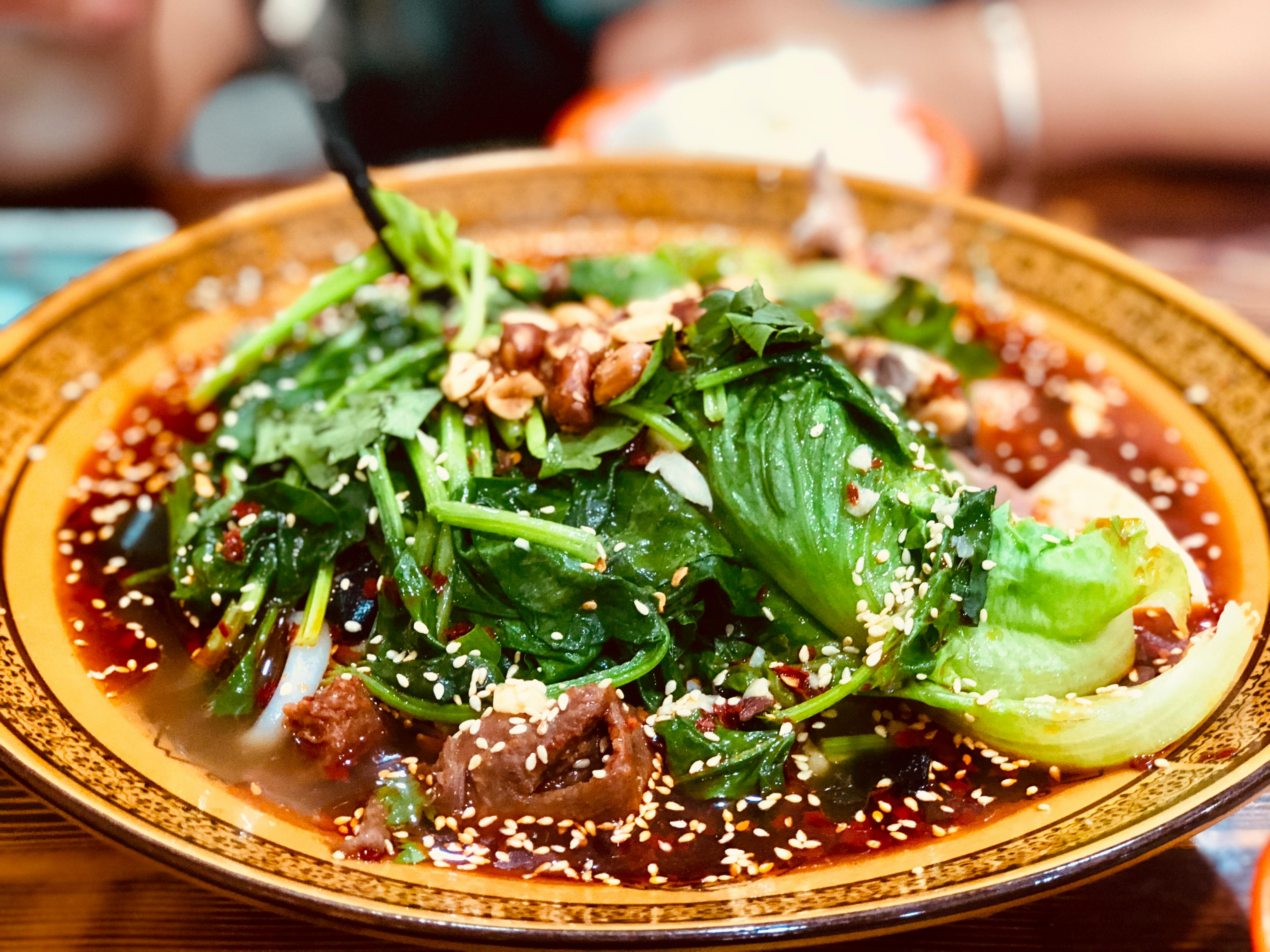Noodle Clouds: The Fluffy Frontier of Asian Cuisine
Imagine biting into a cloud-like noodle that melts on your tongue, releasing a burst of flavor. This isn't a culinary dream – it's the latest trend sweeping across Asian kitchens. Noodle clouds are revolutionizing traditional noodle dishes, offering a unique texture and taste experience that's captivating food enthusiasts worldwide.

The process begins with creating a thin, delicate noodle batter. This mixture is then carefully piped onto special trays and flash-frozen. The frozen noodles undergo a controlled dehydration process, which removes moisture while maintaining their structure. When these dehydrated noodles are dunked into hot broth or oil, they instantly puff up, creating a cloud-like texture that’s both visually stunning and texturally intriguing.
Flavor Infusion Techniques
What sets noodle clouds apart is not just their unique texture, but also their ability to absorb and amplify flavors. Chefs are developing innovative techniques to infuse these airy noodles with a wide array of tastes. One popular method involves incorporating powdered spices or dried herbs directly into the noodle batter, ensuring that each strand is packed with flavor from the inside out.
Another approach is to use flavored liquids in the rehydration process. By dunking the dehydrated noodles in broths infused with aromatics like lemongrass, ginger, or truffle oil, chefs can create noodle clouds that are bursting with complex flavors. Some adventurous culinary artists are even experimenting with sweet versions, using fruit juices or flavored syrups to create dessert-worthy noodle clouds.
Versatility in Culinary Applications
The versatility of noodle clouds is truly remarkable. They can be used as a standalone dish, served with a variety of dipping sauces, or incorporated into more complex recipes. In soups, they add an interesting textural element, starting crisp and gradually softening as they absorb the broth. When used in stir-fries, they provide a light, airy contrast to other ingredients.
Innovative chefs are finding creative ways to showcase noodle clouds in fusion cuisine. Imagine a deconstructed ramen bowl where traditional noodles are replaced with puffed noodle clouds, or a modern take on pasta where cloud-like strands are tossed with a creamy sauce and topped with shaved truffles. The possibilities are endless, limited only by the chef’s imagination.
Health and Nutritional Considerations
While noodle clouds may seem like a purely indulgent treat, they actually offer some surprising health benefits. The airy texture means that a small amount of noodles can create a visually satisfying portion, potentially aiding in portion control. Additionally, the dehydration process used in creating these noodles can help preserve nutrients that might otherwise be lost during cooking.
Nutritionists are also exploring ways to enhance the health profile of noodle clouds. By incorporating nutrient-dense ingredients like spirulina, matcha, or vegetable powders into the noodle batter, it’s possible to create colorful, flavorful noodle clouds that are also packed with vitamins and antioxidants. Some chefs are even experimenting with protein-rich alternatives, using ingredients like cricket flour or pea protein to boost the nutritional value of these ethereal noodles.
The Future of Noodle Clouds
As the popularity of noodle clouds continues to grow, we can expect to see this trend evolve in exciting new directions. Food technology companies are working on developing at-home noodle cloud makers, which could bring this innovative cuisine into everyday kitchens. Meanwhile, food scientists are exploring ways to create shelf-stable noodle clouds that could revolutionize the instant noodle market.
The environmental impact of noodle clouds is also being considered. The dehydration process used in their creation could potentially reduce the carbon footprint associated with transporting traditional fresh noodles. Additionally, the lightweight nature of these noodles could lead to more efficient packaging and shipping methods in the food industry.
Noodle Cloud Tips & Facts
• Noodle clouds can expand up to 10 times their original size when rehydrated
• The ideal temperature for rehydrating noodle clouds is between 80°C and 90°C
• Experimenting with different flours can create unique flavors and textures
• Noodle clouds can be stored for up to 6 months when kept in an airtight container
• Adding a pinch of baking soda to the noodle batter can enhance the puffing effect
As we look to the future of gastronomy, noodle clouds represent a fascinating intersection of tradition and innovation. They challenge our perceptions of what noodles can be, offering a new frontier for culinary exploration. Whether you’re a chef looking to push the boundaries of your craft or a food enthusiast eager to try the latest trends, noodle clouds are sure to provide an exciting and delicious adventure in texture and flavor.





